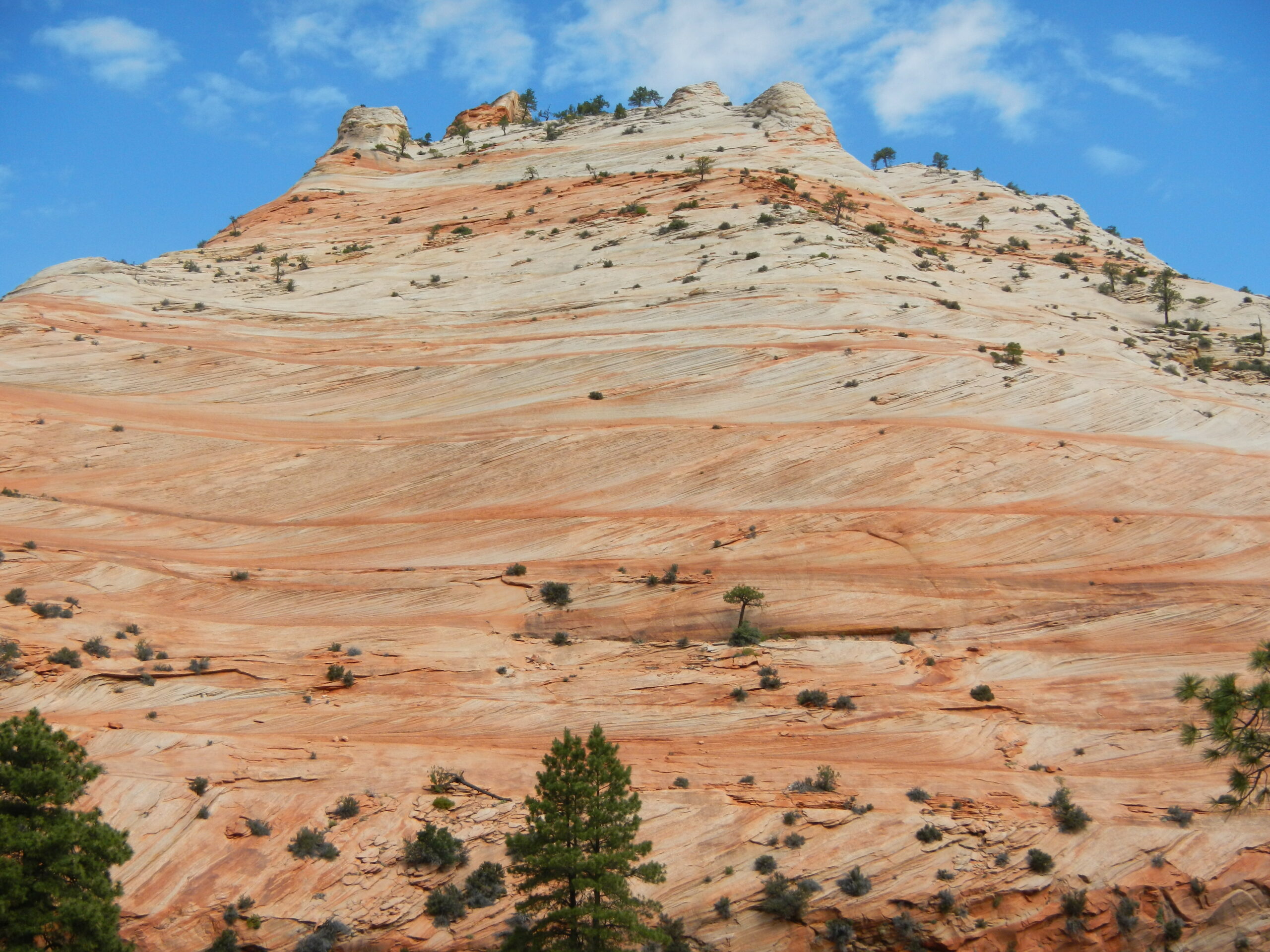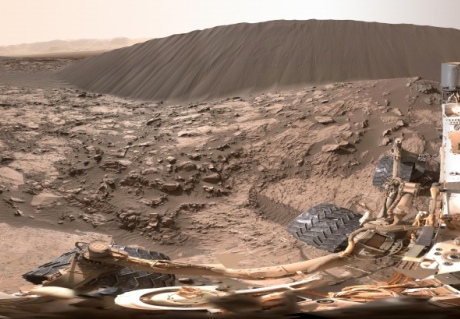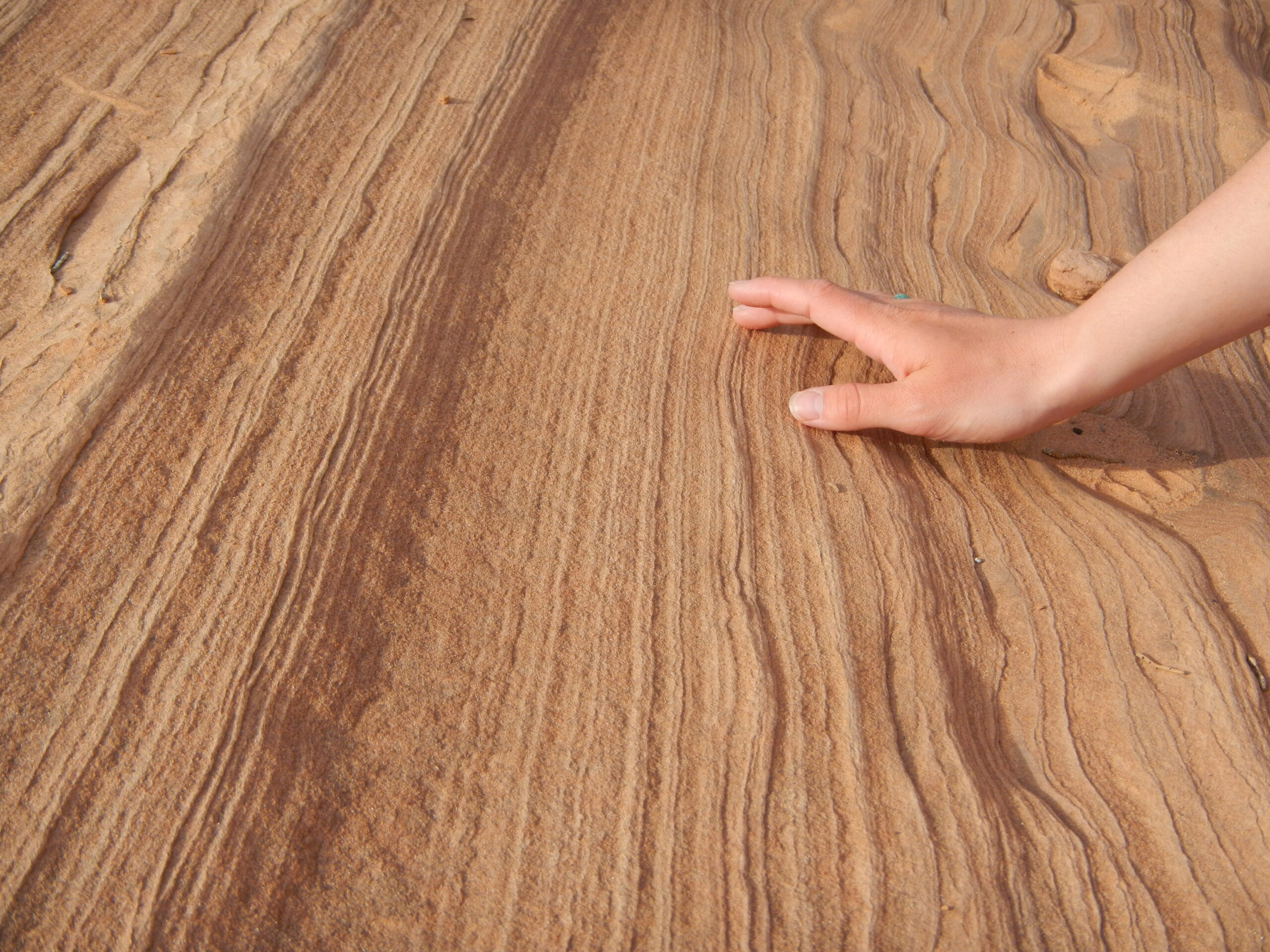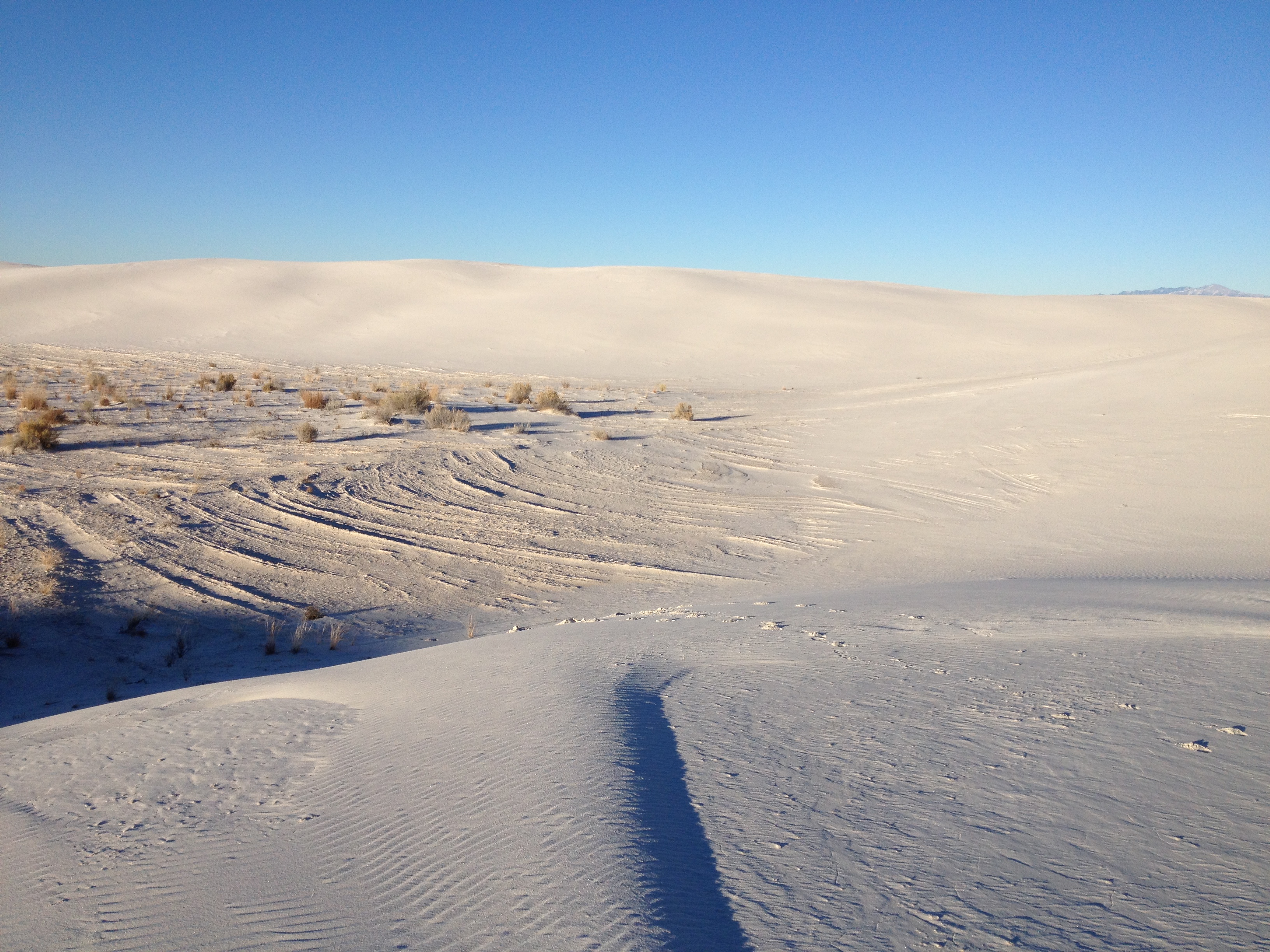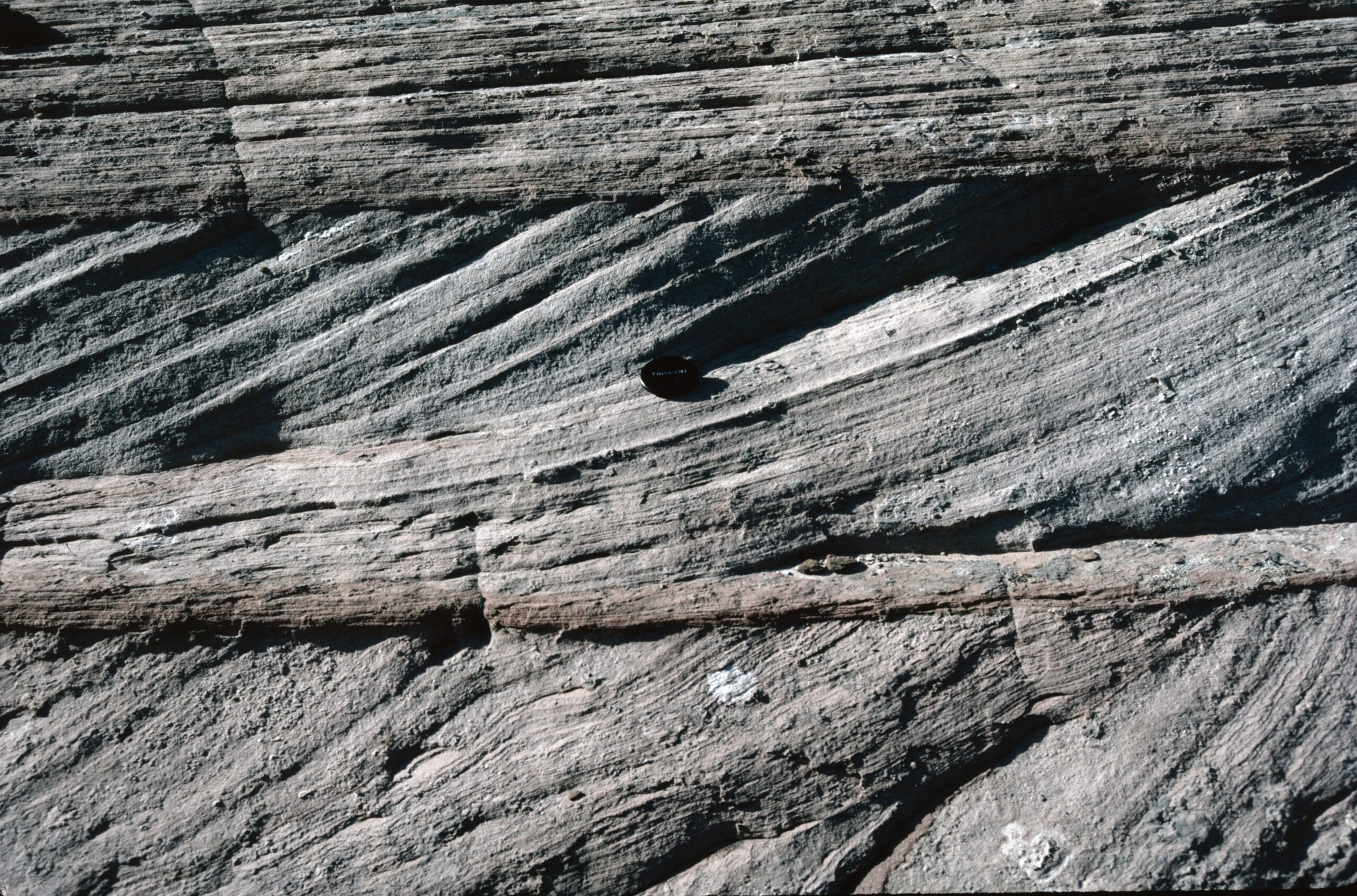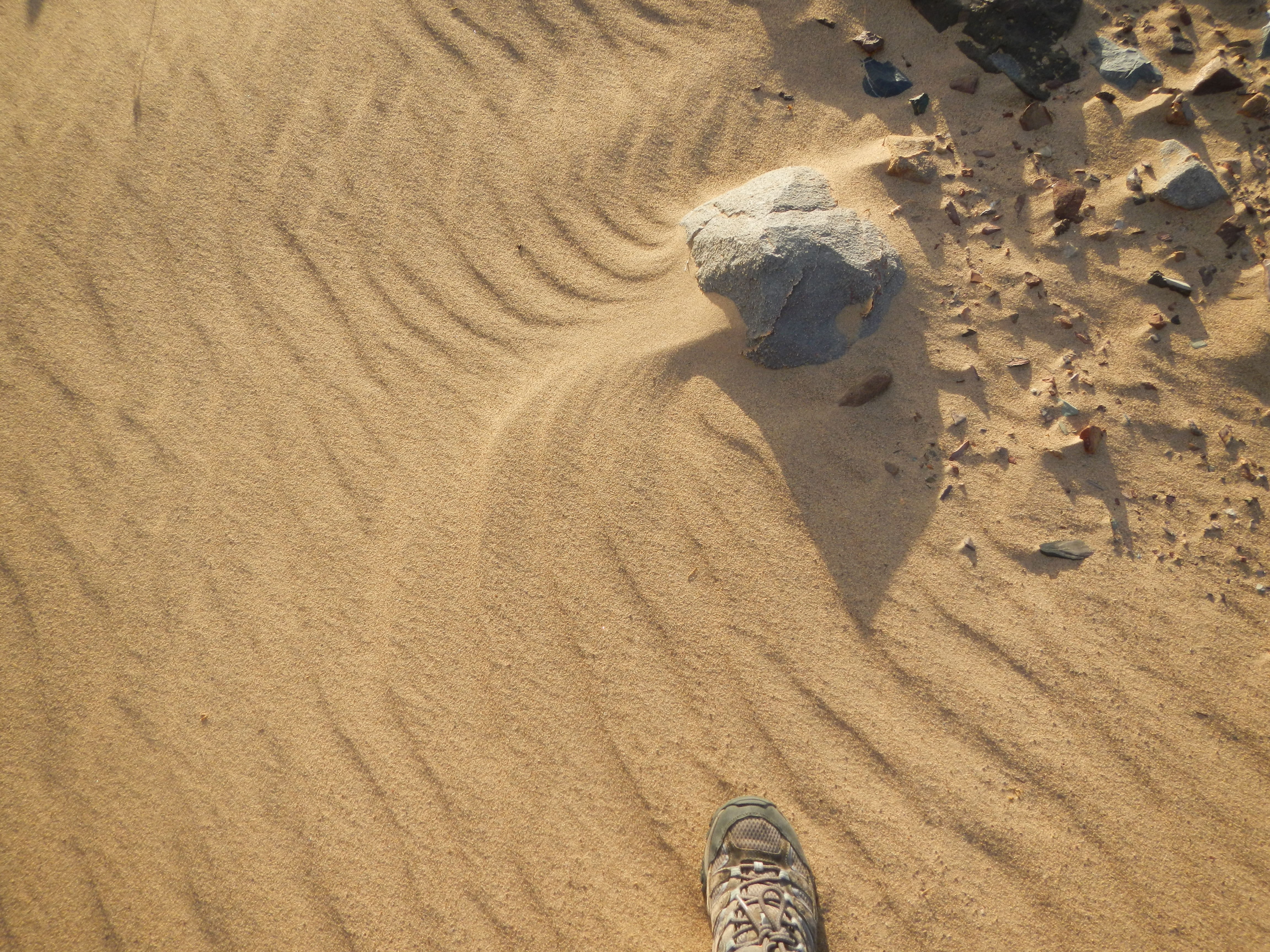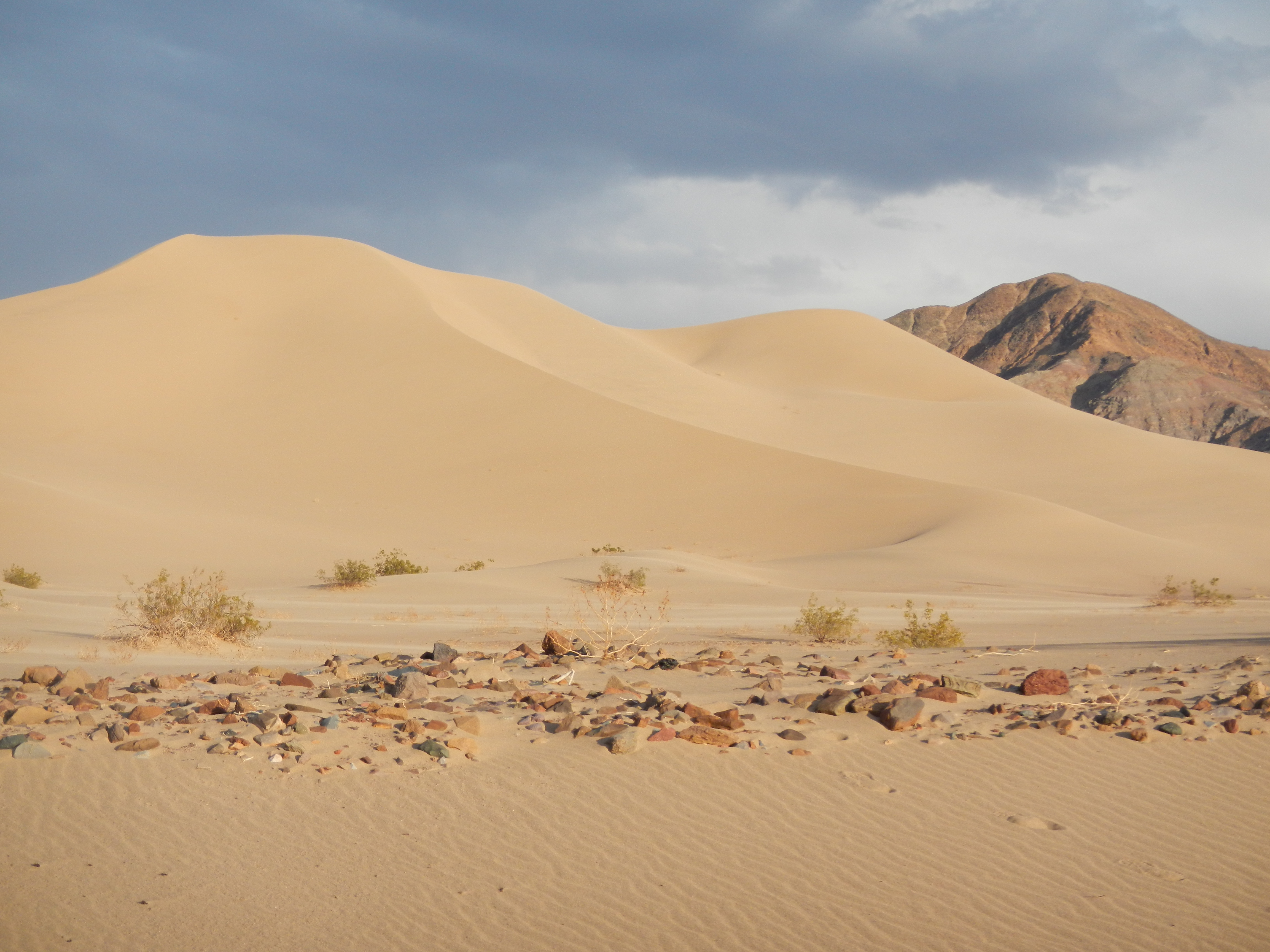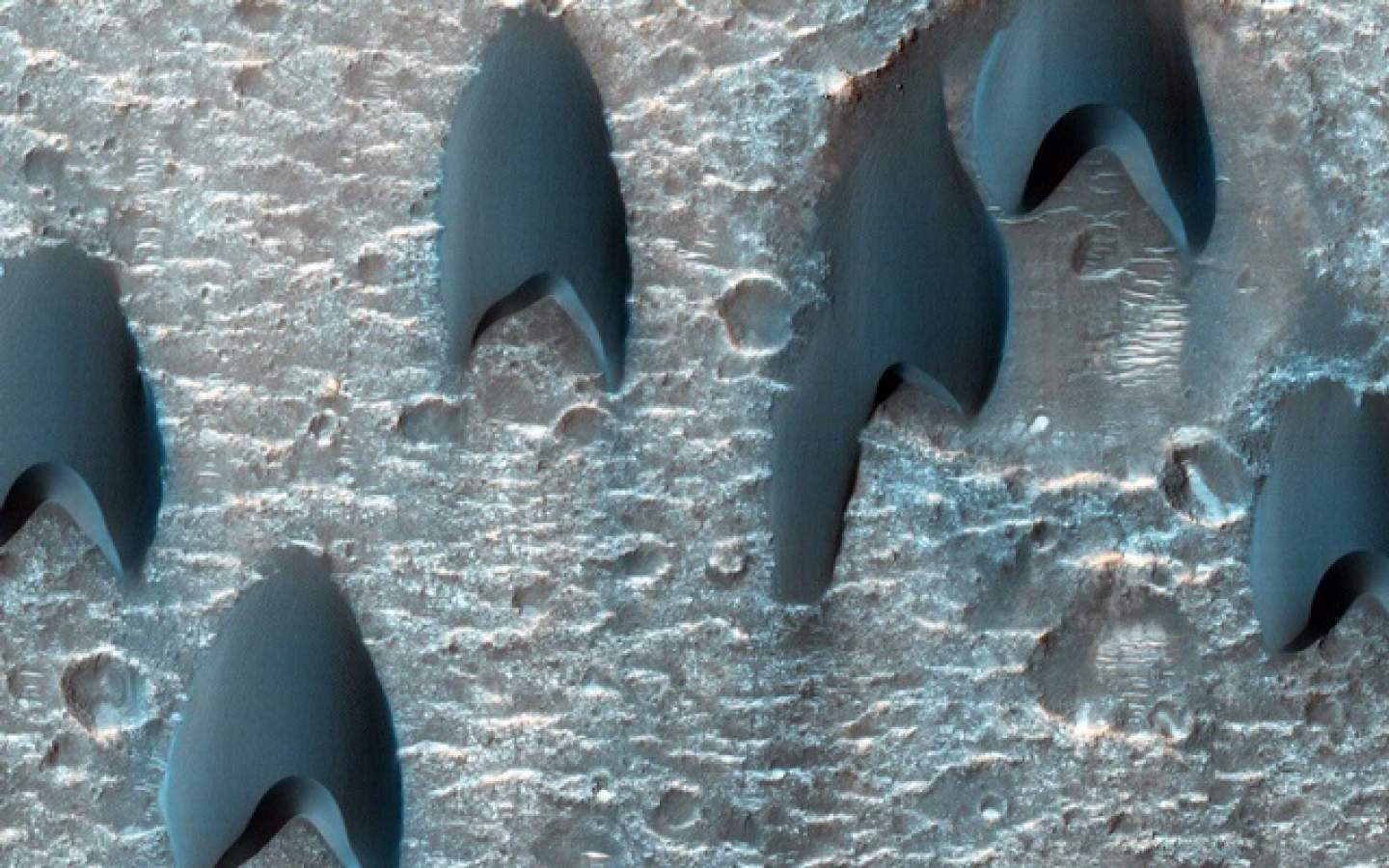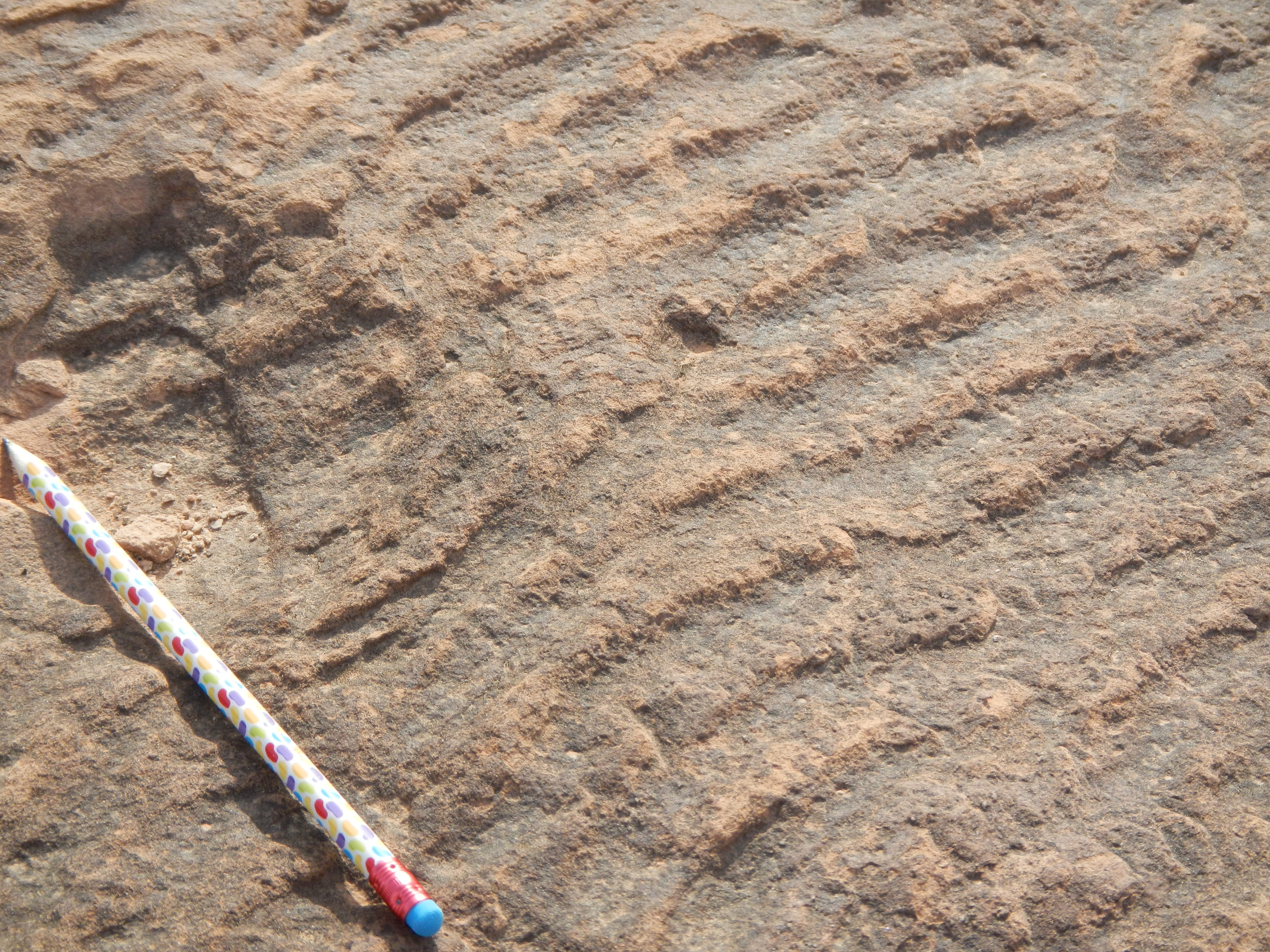Research
Day’s research focuses on aeolian sediment transport to make connections across space and time. Known as the Geomorphology and Aeolian Landscape Evolution (GALE) Lab, her group studies how wind shapes Earth’s surface – both today and in the geologic past – and how aeolian processes compare across planets. From grains of sand to global dune fields, the group leverages field work, wind tunnel experiments, remote sensing, and more to study wind-surface interactions at all scales. Aeolian processes rarely act in isolation, and the group’s interdisciplinary research seeks to understand how aeolian dunes interact with the rest of Earth including the biosphere, hydrosphere, and chemosphere.
For a list of abstracts and publications see Google Scholar
Modern and ancient aeolian dunes
Dune patterns
Dune fields self organize into patterns that reflect local winds and boundary conditions. Deposited by wind, modern dunes record the history of recent conditions with their pattern, and can be used to forecast future landscape change. Day’s group studies modern dunes in Earth’s desert and coastal systems to understand how wind distributes sediment and how dune fields evolve over time.
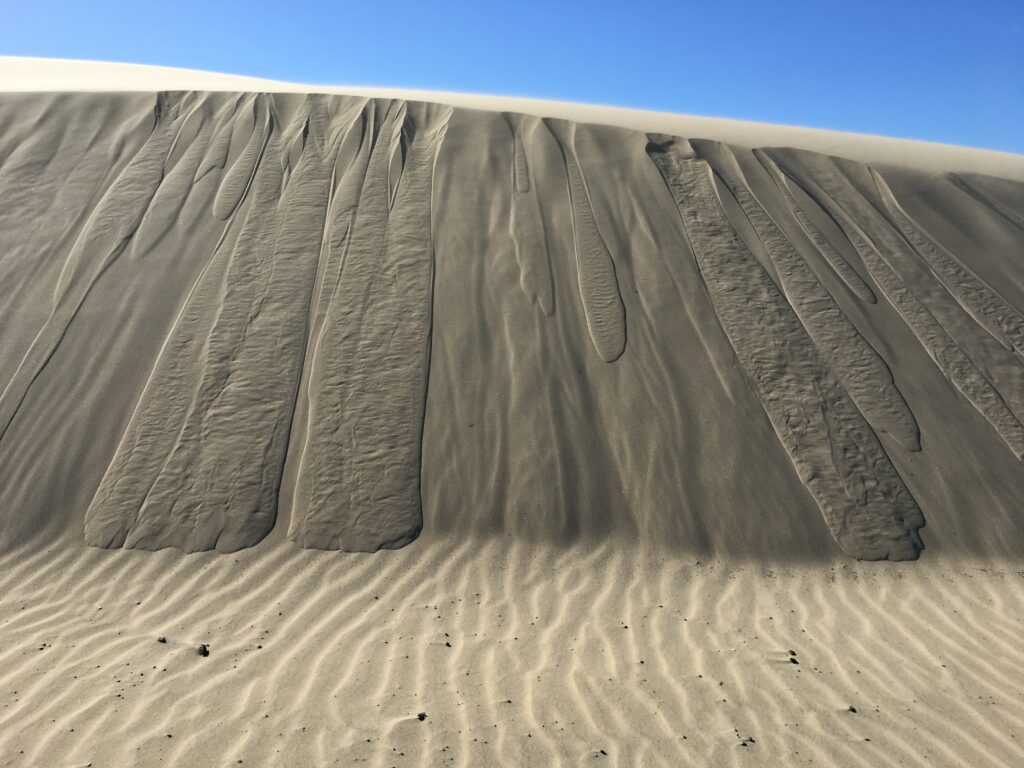
Stratigraphy and modeling
Ancient dune fields left behind aeolian sandstone bodies that make up significant stratigraphic records in North America and around the world. These sandstones also serve as productive reservoir rocks for petroleum exploration. Day’s group studies the architectures and patterns internal to aeolian sandstones that derive from natural dune-field evolution. By combining knowledge of modern dunes and stratification types, with numerical models that can be run over simulated geologic time, the group has developed an advanced model for dune stratigraphy that realistically captures dune behavior from grain to field scales over the maturation time of the dune field.

Planetary science
Ancient Mars
Mars is an excellent natural laboratory of studying aeolian sedimentology. With no liquid water, wind dominates landscape change on Mars. Ancient Mars was similar to Earth in its climate and sedimentology, and Day’s research studies how modern and ancient dunes on Mars record the planet’s transition from an early Earth-like system to the current arid planetary desert.

Titan and Venus with ML
Titan and Venus also host large dune fields, but the opaque atmospheres of each mean these dunes can only be images in radar. Day’s research leverages recent advancements in machine learning to identify patterns in radar speckle of planetary dunes that are not distinguishable by the human eye. Building on paired SAR and visible satellite imaging of Earth, machine-learning-generated images of Titan and Venus provide new insights into these enigmatic surface ahead of upcoming missions to each body (e.g., Dragonfly to Titan, DAVINCI and VERITAS to Venus).
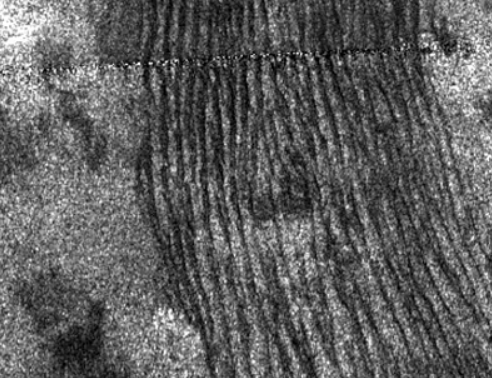
Aeolian-fluvial interactions
Landscape recovery post flooding
Aeolian sedimentary systems interact with the hydrosphere, biosphere, and chemosphere at a range of spatial and temporal scales. Aeolian processes are slow and steady, in contrast with fluvial transport during floods. Recently, Day’s group has been studying aeolian landscape recovery in the wake of Hurricane Hilary, a 2023 extreme event that brought record-breaking rains to Death Valley. Although fluvial erosion carved through the studied dune field in less than 24 hours, slow and steady aeolian processes have recovered much of the landscape in only two years. This site is the focus of ongoing research into fluvial-aeolian interactions, as well as studies of geomicrobiology and dune stratification within Day’s group.
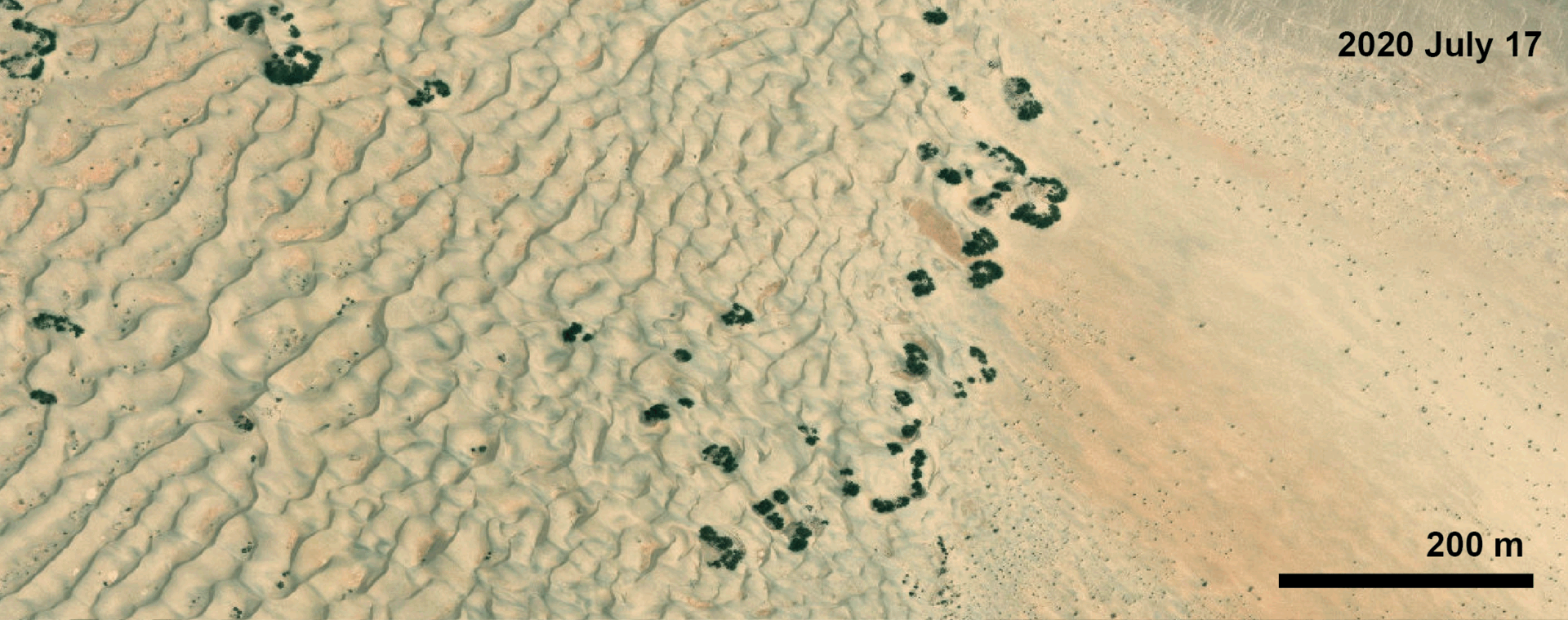
Day’s research group studies a wide range of systems, from ancient to modern Earth and Earth to other planets, all under the umbrella of aeolian sedimentology. Projects are always evolving and collaborations are always welcome. For more information or to discuss current work, please contact Day at daym@epss.ucla.edu



